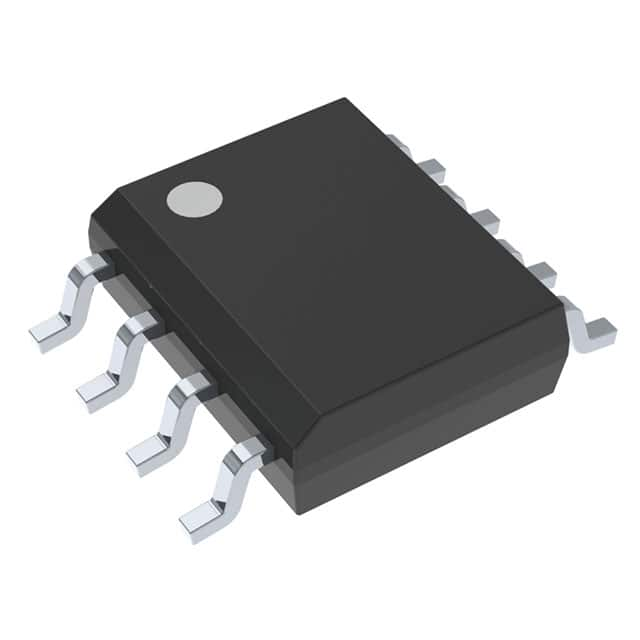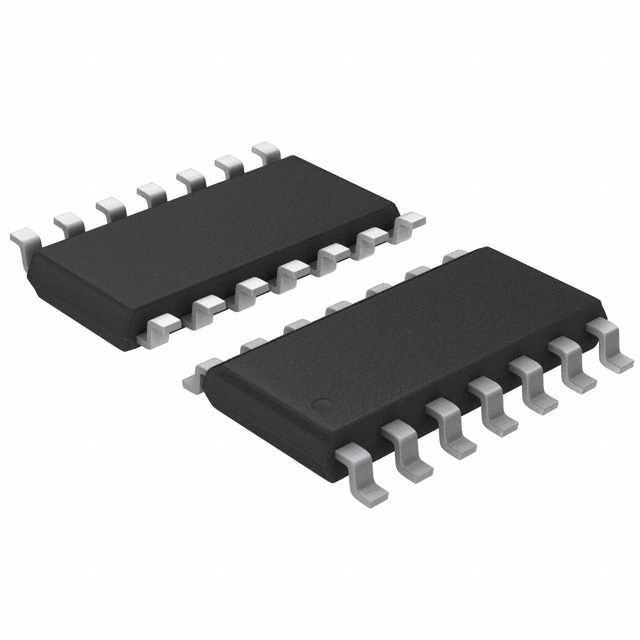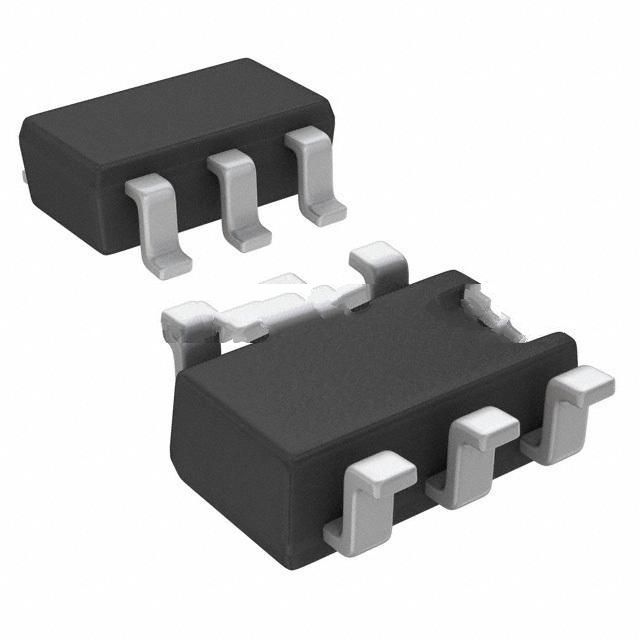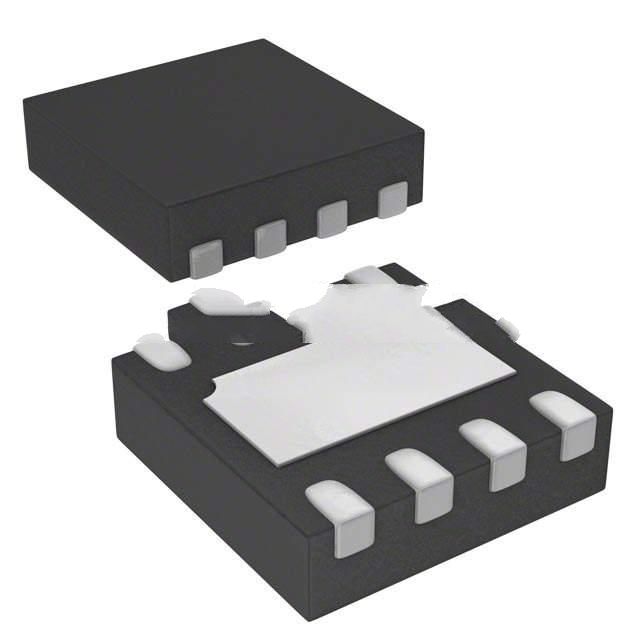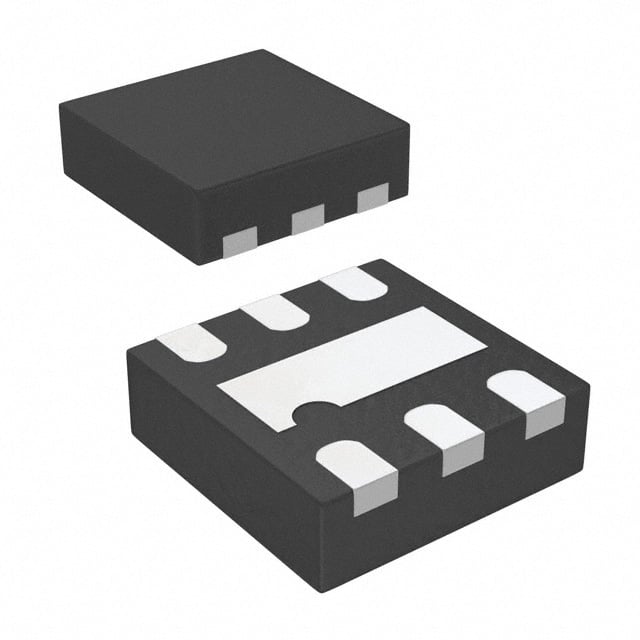MIC1232MY Product Introduction:
Microchip Technology Part Number MIC1232MY(PMIC - Supervisors), developed and manufactured by Microchip Technology, distributed globally by Jinftry. We distribute various electronic components from world-renowned brands and provide one-stop services, making us a trusted global electronic component distributor.
MIC1232MY is one of the part numbers distributed by Jinftry, and you can learn about its specifications/configurations, package/case, Datasheet, and other information here. Electronic components are affected by supply and demand, and prices fluctuate frequently. If you have a demand, please do not hesitate to send us an RFQ or email us immediately sales@jinftry.com Please inquire about the real-time unit price, Data Code, Lead time, payment terms, and any other information you would like to know. We will do our best to provide you with a quotation and reply as soon as possible.
Introducing the Microchip Technology MIC1232MY, a cutting-edge microcontroller supervisory circuit designed to enhance the reliability and performance of your electronic devices. With its advanced features and versatile application fields, this product is a game-changer in the world of microcontrollers.
The MIC1232MY boasts a wide operating voltage range of 1.8V to 5.5V, making it compatible with a variety of power supply systems. Its low quiescent current of only 10µA ensures minimal power consumption, making it ideal for battery-powered devices. Additionally, the device offers a reset timeout period of 140ms, providing ample time for the microcontroller to stabilize before resuming normal operation.
This microcontroller supervisory circuit is equipped with a manual reset input, allowing users to initiate a system reset manually. It also features a watchdog timer, which monitors the microcontroller's operation and resets the system if a malfunction occurs. This ensures the reliability and stability of your electronic devices, preventing potential system failures.
The MIC1232MY finds applications in a wide range of fields, including consumer electronics, industrial automation, automotive systems, and medical devices. Whether you are designing a smart home device, a factory automation system, or a medical monitoring device, this microcontroller supervisory circuit is the perfect choice to ensure the smooth and reliable operation of your electronic systems.
In conclusion, the Microchip Technology MIC1232MY is a versatile and reliable microcontroller supervisory circuit that offers advanced features and finds applications in various fields. Upgrade your electronic devices with this innovative product and experience enhanced performance and reliability like never before.
Pmic-supervisors (Power Management Integrated circuit-Supervisors) is a highly Integrated Circuit component, which can detect key parameters such as voltage, current and temperature of the power system in real time, and take corresponding protective measures when necessary. To ensure the stable operation of the power system and the safety of the equipment. PMIC monitors usually integrate a variety of functions, such as overvoltage protection, undervoltage protection, overtemperature protection, etc.
Application
Pmic-supervisors (Power Management Integrated Circuit-Supervisors), as a key component of electronic equipment, is mainly responsible for real-time monitoring and adjusting the status of the power system, ensuring stable voltage and current, efficient battery management, and providing multiple protection functions. Its wide range of applications, covering mobile devices, consumer electronics, automotive electronics and industrial control and other industries, to ensure the stable operation of equipment and extend the service life.
FAQ about PMIC - Supervisors
-
1. Why do we need PMIC ?
PMIC (power management IC) plays a vital role in modern electronic devices. It can effectively manage and optimize the use of power to ensure the stable operation of the equipment and extend the battery life.
The core functions of PMIC include:
Power status monitoring: real-time monitoring of parameters such as battery power, voltage and current, judging the power status according to the set threshold, and issuing warning signals when necessary.
Energy optimization: Automatically adjust the power supply mode according to the equipment usage and requirements to meet the needs of the equipment and avoid energy waste.
Protection function: Provide overload, overheating, short circuit and other protection functions to ensure the safe operation of the equipment.
Energy saving function: Automatically reduce the power supply power or enter the energy saving mode when the equipment is in standby mode to extend the battery life.
The importance of PMIC is reflected in many aspects:
Improve equipment performance and responsiveness: By optimizing power transmission, ensure that components receive the right power at the right time, thereby improving equipment performance and responsiveness.
Extend battery life: Reduce power waste, extend battery life, and reduce environmental impact.
Miniaturize equipment: Play a role in high power density and integration to achieve miniaturization of electronic products.
Ensure equipment safety: Through a variety of protection functions, ensure that the equipment can operate safely under various working conditions.
In summary, PMIC is indispensable in modern electronic devices. It not only improves the performance and safety of the equipment, but also extends battery life and reduces environmental impact. It is a key technology for realizing efficient, safe and miniaturized electronic devices.
-
2. What are the characteristics of PMIC?
The main features of PMIC include high integration, high efficiency, high reliability and intelligent management. PMIC, or power management integrated circuit, achieves high integration by integrating multiple power management functions into one chip, thereby improving the efficiency of multi-power application scenarios and reducing the volume. It not only includes traditional multi-channel power output, but also integrates multiple functions such as power supply, battery management, charging management and power consumption management, providing stable power for electronic devices and managing and controlling batteries.
Specifically, PMIC has the following features:
High integration PMIC integrates multiple power management functions into one chip, which improves efficiency and reduces size, and is suitable for a variety of power application scenarios.
High efficiency PMIC has a high-efficiency power conversion function, supports multiple conversion forms such as buck, boost and buck-boost, and ensures stable power supply for the device.
High reliability PMIC has built-in multiple protection mechanisms, such as overcurrent protection, overtemperature protection and short-circuit protection, to ensure the safe operation of the device.
Intelligent management PMIC can dynamically adjust power consumption according to the operating status of the device, provide intelligent power management, and is suitable for various smart devices and IoT applications.
-
3. How to test PMIC(Power Management Integrated Circuit)?
The core steps of testing PMIC include observing external features, conducting comprehensive professional testing, and measuring PSRR.
First, observing external features is the first step in testing PMIC. Rationally observe the quality standards of power management chips, including their appearance, logos, etc., to ensure that the chip meets basic quality requirements.
Second, conduct comprehensive professional testing. Select representative specification models and conduct comprehensive tests on the power management chip, including electrical characteristics test, functional test and environmental adaptability test. The electrical characteristics test covers the input voltage range test to ensure that the chip works normally under different input voltages.
Finally, measure the PSRR (power supply rejection ratio). PSRR is an important parameter of PMIC, indicating how stable the input is when the power supply voltage changes. By measuring PSRR, the resistance of PMIC to power supply voltage changes can be evaluated.
 Lead free / RoHS Compliant
Lead free / RoHS Compliant















